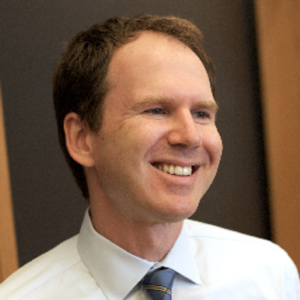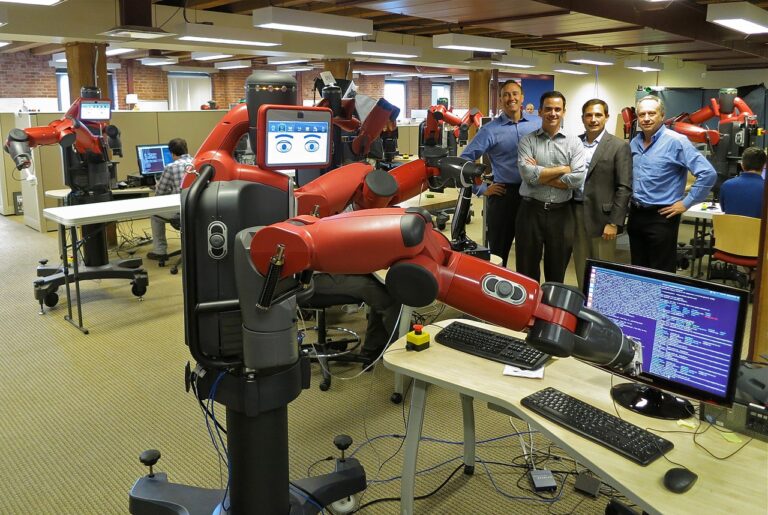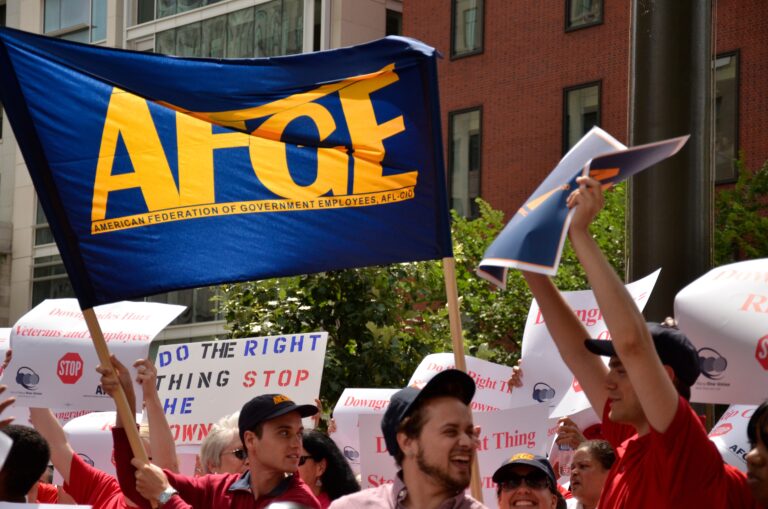
Benjamin Sachs is the Kestnbaum Professor of Labor and Industry at Harvard Law School and a leading expert in the field of labor law and labor relations. He is also faculty director of the Center for Labor and a Just Economy. Professor Sachs teaches courses in labor law, employment law, and law and social change, and his writing focuses on union organizing and unions in American politics. Prior to joining the Harvard faculty in 2008, Professor Sachs was the Joseph Goldstein Fellow at Yale Law School. From 2002-2006, he served as Assistant General Counsel of the Service Employees International Union (SEIU) in Washington, D.C. Professor Sachs graduated from Yale Law School in 1998, and served as a judicial law clerk to the Honorable Stephen Reinhardt of the United States Court of Appeals for the Ninth Circuit. His writing has appeared in the Harvard Law Review, the Yale Law Journal, the Columbia Law Review, the New York Times and elsewhere. Professor Sachs received the Yale Law School teaching award in 2007 and in 2013 received the Sacks-Freund Award for Teaching Excellence at Harvard Law School. He can be reached at [email protected].
Naked Capitalism recently ran a five-part series on the Uber business model. I can’t speak to the accuracy of the conclusions, but the arguments are striking and the series should go on the reading list of anyone interested in the gig economy and its implications for workers. According to the series, which is summarized in the fourth post, Uber’s business model consists of: predatory pricing, underwritten by venture capital, aimed at securing a monopoly position in the urban car service industry.
To unpack that a bit, the argument proceeds as follows:
- Uber is unprofitable. It has grown and succeeded to date by engaging in below-cost pricing and subsidizing that pricing scheme with $13 billion in venture capital investments. As the post put it: “Uber is a fundamentally unprofitable enterprise, with negative 140% profit margins.” And, “Uber’s ability to capture customers and drivers from incumbent operators is entirely due to predatory competition funded by massive investor subsidies – Uber passengers were only paying 41% of the costs of their trips, while competitors needed to charge passengers 100% of actual costs.”
- Far from the popular image of technology-enabled low-cost superstar, Uber is in fact “the industry’s high cost producer, with a significant cost disadvantage in every cost category except fuel and fees where no operator could achieve any advantage.”
- “Uber could never generate sustainable profits in a competitive market.”
- Accordingly, the only way that Uber will succeed in the long-run and, in fact, the essence of its business model is “the pursuit of monopoly power.” Thus,
“[f]rom its earliest days, Uber’s investors and managers have always recognized that investor returns would require global industry dominance, and the elimination (or effective nullification) of longstanding laws and regulations designed to protect competition, and to protect consumers from the risks of anti-competitive market power. This presumes that urban car services can be turned into a ‘winner-take-all-game,’ where the winner can earn sustainable rents once quasi-monopoly industry dominance has been achieved.
- Once Uber succeeds in securing monopoly power (or, “industry dominance”) it will exercise that power by: reducing driver pay to levels below those paid by traditional operators; requiring “anyone who might ever want a cab to carry Uber’s app;” and “imposing much higher prices for peak period[s] and low density neighborhood service” which would “effectively eliminate taxi service for a major segment of (mostly lower income) users.”
This is an important critique of the Uber business model which – if correct – should worry all of us.






Daily News & Commentary
Start your day with our roundup of the latest labor developments. See all
December 8
Private payrolls fall; NYC Council overrides mayoral veto on pay data; workers sue Starbucks.
December 7
Philadelphia transit workers indicate that a strike is imminent; a federal judge temporarily blocks State Department layoffs; and Virginia lawmakers consider legislation to repeal the state’s “right to work” law.
December 5
Netflix set to acquire Warner Bros., Gen Z men are the most pro-union generation in history, and lawmakers introduce the “No Robot Bosses Act.”
December 4
Unionized journalists win arbitration concerning AI, Starbucks challenges two NLRB rulings in the Fifth Circuit, and Philadelphia transit workers resume contract negotiations.
December 3
The Trump administration seeks to appeal a federal judge’s order that protects the CBAs of employees within the federal workforce; the U.S. Department of Labor launches an initiative to investigate violations of the H-1B visa program; and a union files a petition to form a bargaining unit for employees at the Met.
December 2
Fourth Circuit rejects broad reading of NLRA’s managerial exception; OPM cancels reduced tuition program for federal employees; Starbucks will pay $39 million for violating New York City’s Fair Workweek law; Mamdani and Sanders join striking baristas outside a Brooklyn Starbucks.